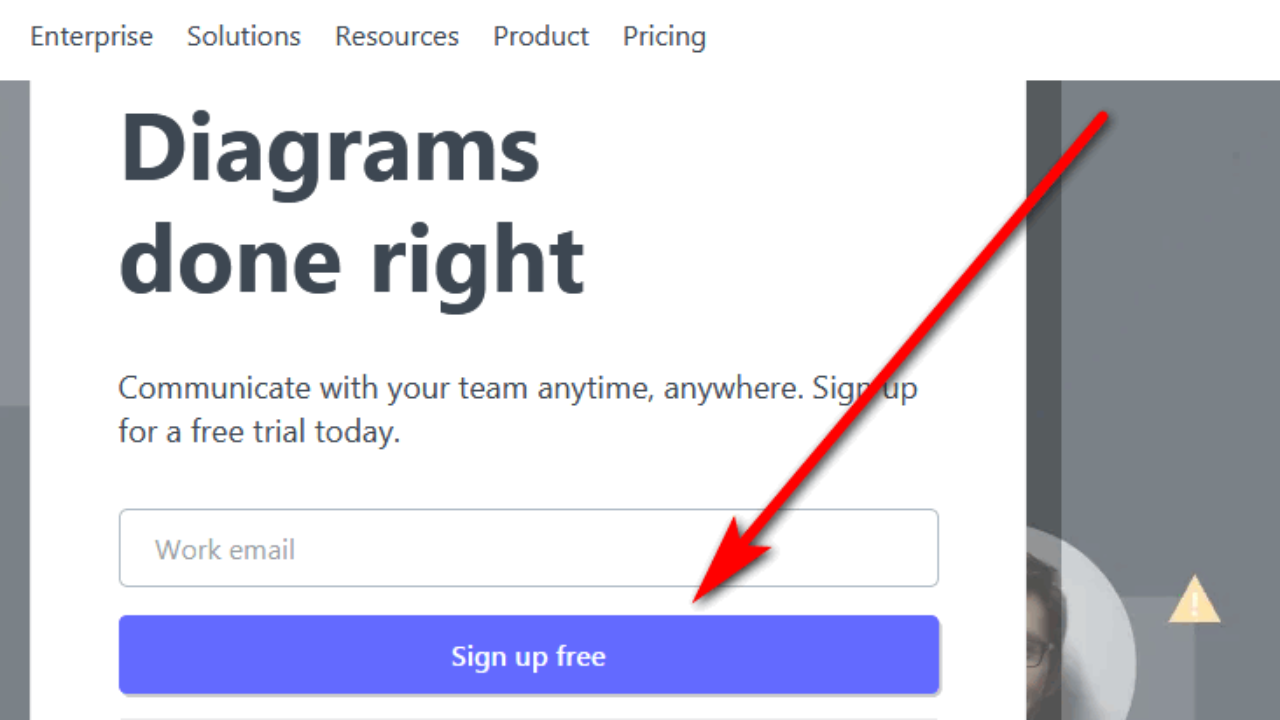

- #LUCIDCHART FREE HOW TO SEE HOW MUCH CAPACITY I HAVE LEFT MANUAL#
- #LUCIDCHART FREE HOW TO SEE HOW MUCH CAPACITY I HAVE LEFT SOFTWARE#
This may include creating a detailed action plan, delegating tasks to team members, and increasing capacity utilization by allocating resources for your project. Once you know the cause of your bottlenecks, you can determine how to address them.
#LUCIDCHART FREE HOW TO SEE HOW MUCH CAPACITY I HAVE LEFT SOFTWARE#
You may find that work is piling up because your quality team is understaffed (performer-based) or that an old software continuously loses important data (systems-based). Once you’ve visualized your processes, your team will have to study them closely and review them for strengths and weaknesses. This allows you to create the diagram, share it with your team, and save it for future review. To create a fishbone diagram in Asana, you can use the Lucidchart integration. Your bottleneck may have more than one potential cause so view this diagram with caution and avoid getting lost in a rabbit hole. Note that it’s easy to get lost in your fishbone diagram. By mapping your process out in a fishbone diagram, it’ll be easier for your team to identify the root cause of your bottleneck. The ribs represent different categories and associated tasks. In a fishbone diagram, the head of the fish represents the issue or bottleneck you’re trying to resolve. Read: Ask “5 Whys” to get to the root of any problem Also known as Ishikawa diagram, this visual representation of your project is the perfect brainstorming tool for problem solving. You can do this using a work management software like Asana that allows you to study your project in different views-whether that’s a Kanban board, a Gantt chart, or a task list.Īnother commonly used bottleneck analysis tool is the fishbone diagram. The best way to both identify and prevent bottlenecks is to map out your workflows. Step 1: Map out your processes and identify bottlenecks There are three steps you’ll have to take to identify your bottleneck, find solutions, and monitor performance. How to identify bottlenecksĪ bottleneck analysis, also known as a root cause analysis, is the best approach to identifying bottlenecks and finding ways to solve them. Once you know if you’re dealing with a systems-based or performer-based bottleneck, you can dive deeper to pinpoint what exactly is causing the issue.

Identifying what type of bottleneck you’re dealing with is the first step in solving it. Upgrading to a new software may be all you need to do to get your workflow back on track.

#LUCIDCHART FREE HOW TO SEE HOW MUCH CAPACITY I HAVE LEFT MANUAL#
Systems-based bottlenecks can be things like slow printers, manual archiving systems, or a work management software that just doesn’t fit your project’s needs. Systems-based bottlenecks: An outdated, slow, or obsolete system or software can slow down your workflow and create a bottleneck in your process. There’s a good chance that hiring additional help, outsourcing simple tasks, or establishing better communication within the team can alleviate this bottleneck. If you encounter a performer-based bottleneck, talk to your team and find out why they’re struggling to get the work done. More often than not, it’s not your teammates fault but a lack of resources or clarity that causes this type of bottleneck. Performer-based bottlenecks: This type of bottleneck happens when a team member or your whole team doesn’t reach the required performance level. There are two types of bottlenecks in project management: Bottlenecks in project management reduce the pace of the project due to limited capacity. What is a bottleneck in project management?Ī bottleneck is any point of congestion in a project that causes delays in the workflow. So let’s take a look at what exactly a bottleneck in project management is, how you can identify one, and what you can do to successfully contain a bottleneck when it occurs. In project management, it’s a bit trickier to spot and resolve bottlenecks. In a manufacturing process, a bottleneck is pretty easy to spot- it’s usually a physical place where the overall production process slows down because of a slow machine or raw materials. Like the neck of a bottle slows down the flow of water, a bottleneck in project management affects the workflow of a project. Whether you were waiting on feedback, struggling to make an outdated system work, or trying to juggle reviews and approvals, most project delays are caused by one phenomenon: the bottleneck. Think about the last time one of your projects was delayed. We’ll cover both and will provide some examples so you know what to look for. Because bottlenecks are almost inevitable, it’s important to know how you can identify and contain them. A bottleneck in project management can occur in one of two ways: Either your systems are causing an interruption in your workflow or you’re experiencing a performer-based bottleneck.


 0 kommentar(er)
0 kommentar(er)
